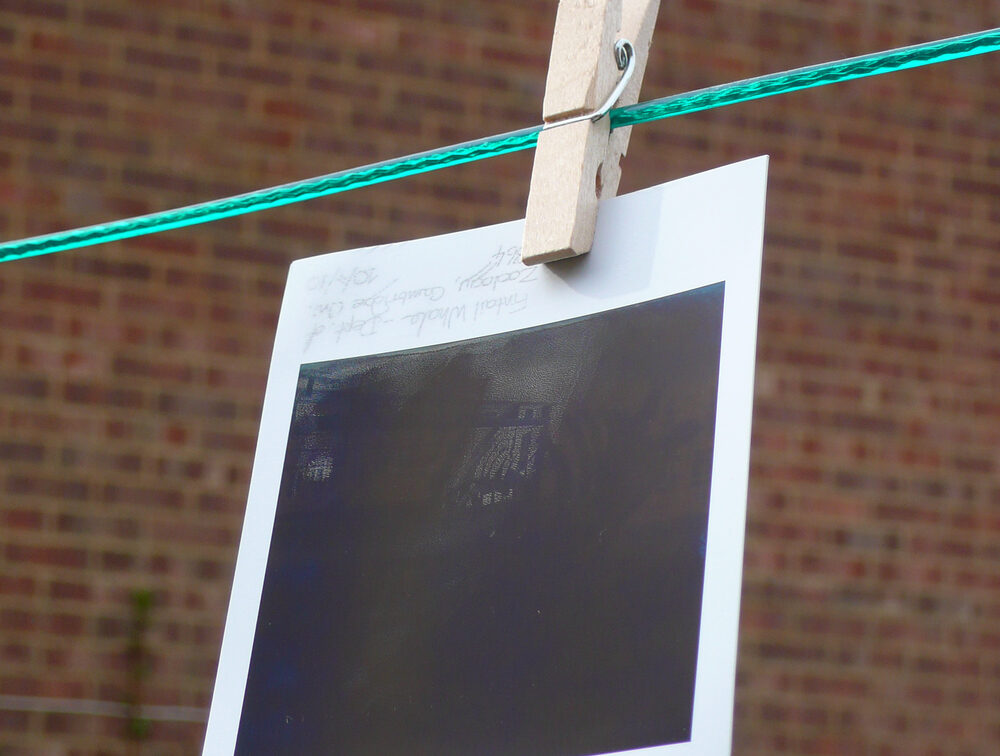This is my first blog. Having written many articles, book chapters, and monographs, it’s fair to say I’m in recovery from long-form writing. I’ve also been inspired by Curtis Ogden’s recent blog post on social learning as social change and my desire to live into MAG’s commitment to engage in the free exchange of ideas for the benefit of everyone.
It’s becoming common in the movement network field to emphasize the emergent, dynamic, ever changing nature of networks and the organizations in them. At the same time, especially when working with movement, organizational, or network clients on strategic thinking, we find it is helpful to freeze that dynamism — to take a snapshot of where things are right now.
The point is to get greater clarity about where a social justice organization or network is in the larger ecosystem of which it is a part, and to identify where it can make its greatest contribution to the movement in collaboration with others. How do we get a handle on what we should be doing and what others can do better?
There are many useful tools for this kind of static, freeze-frame analysis of complex systems such as systems mapping, network mapping, etc. MAG is actually working with the Packard Foundation on a tool kit of systems analysis tools for grantmakers and their partners – so keep an eye out for more on that soon.
Here we would like to share one way that we have taken that freeze-frame photo with our clients – we call it Mapping Successful Movements. It is quite a useful tool we’ve adapted based on the work of Manuel Pastor and Rhonda Ortiz at USC PERE.
Social movements are… sustained groupings that develop a frame or narrative based on shared values, that maintain a link with a real and broad base in the community, and that build for a long-term transformation in systems of power – and occasionally produce protests, marches, and demonstrations along the way.
Rhonda Ortiz and Manuel Pastor, USC PERE
10 Factors of Successful Social Movements
Pastor and Ortiz identify 10 factors in successful social movements.
- Vision and frame
- Authentic base of constituents mobilized
- Commitment and long haul
- Underlying and viable economic model
- Vision of government and governance
- A scaffold of solid research
- Pragmatic policy package
- Recognition of the need for scale (& infrastructure to do so)
- A strategy for scaling up
- A willingness to network with other movements
The Tool
Using these factors (sometimes added to by our clients) this simple tool allows an organization, coalition, or network to chart out what movement actors are currently working on to strengthen each of those 10 movement success factors. Using the tool can create a shared understanding of:
- Where your organization or network is making a distinctive contribution
- Where work is being duplicated across the movement
- Where the movement as a whole needs to either consolidate or ramp up its efforts
This is the basic tool, with many variations possible. Minimum time needed: 1 hour and 15 minutes.
1. Create a large chart on the wall
It should look like this:

This is a mini version. The chart needs to be much bigger – 4-5 feet high and 6-8 feet wide. A great way to create it is by using tape on a blank wall or using wide rolls of butcher paper to tape or draw onto. This takes 10 minutes or so – depending on how quickly you draw!
2. Brainstorm in groups
Participants (in several groups of a few people each) identify specific organizations, groups of organizations, coalitions, or networks filling those movement needs, and write each one on a separate large sticky note. (Don’t forget to include your own organization or network. It can be helpful to use a different color sticky for your own organization or network). This takes about 25 minutes.
3. Discussion
Populate the chart with the group’s stickies and then all stand around and take-in what’s been created. Discuss these questions for about 40 minutes, filling in any information that surfaces:
- What does the movement need?
- What does our distinctive role or niche in the movement ecosystem or infrastructure appear to be?
- Are we trying to cover too many movement needs?
- What are we doing that others are already doing as well or better than we are?
- Who do we need to partner with?
- Where are we ignorant of who’s doing what and where will we get that information if we need it?
Mix It Up As Needed
In one riff on this tool, the 10 factors are used as the basis for a rudimentary movement level power analysis. The rows and columns are switched and for each of the 10 factors the group identifies: who is already in support of and helping to advance, who is neutral, and who is working to oppose the movement’s (or organization’s or network’s) progress.
During the discussion, add these questions:
- How much influence and power do these actors have?
- What is the balance of power for each factor?
Feel free to play with it and let us know how it goes!
Banner photo credit: Tim Regan | CC BY 2.0





